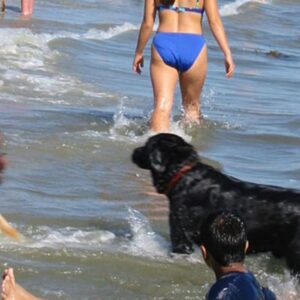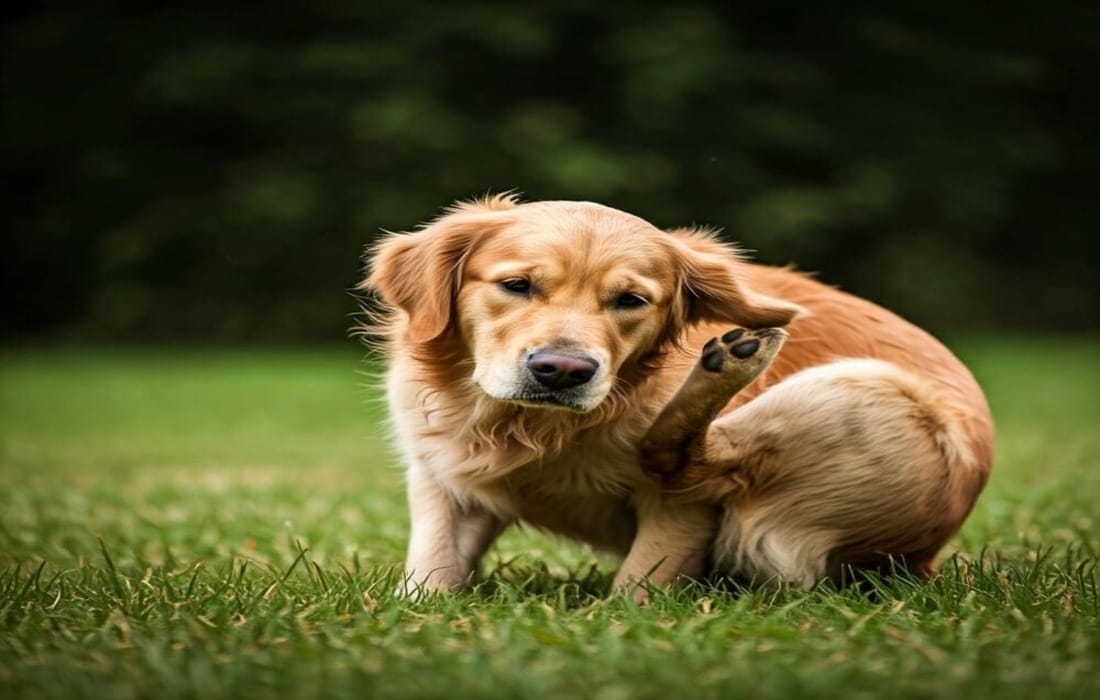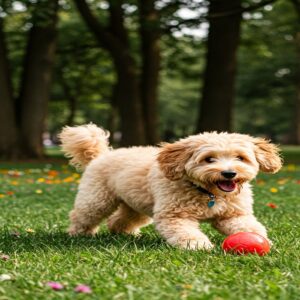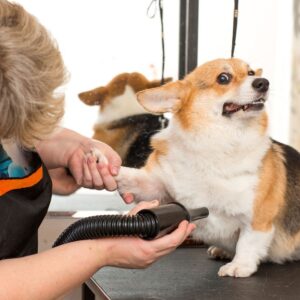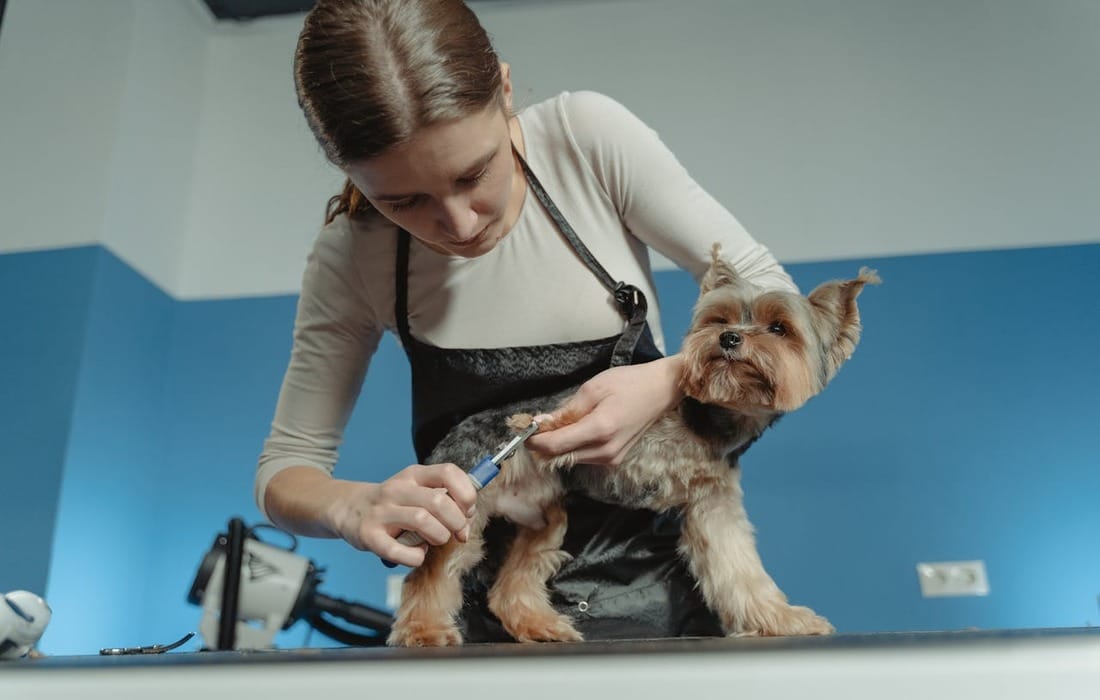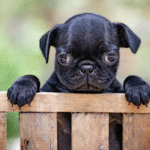The Pomsky dog breed has taken the canine world by storm in recent years, capturing hearts with its irresistible combination of the Pomeranian’s fluffy coat and the majestic Husky’s striking appearance. But before you decide to bring one of these adorable hybrid dogs into your home, it’s essential to understand their health, grooming, exercise, training, and nutritional needs. In this guide, we’ll provide everything you need to know about the Pomsky breed to ensure that you’re fully prepared to offer your new furry friend a happy and healthy life.
What’s a Pomsky?
A Pomsky is a designer dog, a hybrid breed resulting from crossing a Pomeranian with a Siberian Husky. The combination of these two popular breeds has resulted in a dog that retains the best features of both: the Husky’s striking good looks and energetic nature, and the Pomeranian’s smaller size and charming personality. This makes the Pomsky a perfect fit for families who want a smaller dog with the appearance of a larger, more athletic breed.
Pomsky Appearance
Pomskies are small to medium-sized dogs, typically weighing between 20 to 30 pounds. They are usually between 10 to 15 inches tall at the shoulder, although some can be smaller or larger depending on the specific mix of Pomeranian and Husky traits. Their fur is dense and fluffy, making them a favorite among those who love dogs with an adorable, fox-like appearance.
Pomskies inherit their distinctive Husky coat, which is thick and double-layered, designed to protect them from cold weather. Their coat colors can vary widely, ranging from pure white to black, gray, sable, and various combinations, often resembling the striking patterns of a Husky. Their eyes can also be blue, brown, or even one of each, another signature feature inherited from the Husky parent.
Pomsky Personality
Pomskies are known for their playful, energetic nature. They are affectionate, social, and loyal, often forming strong bonds with their owners. While they are small in size, they have the same spirited personality as their Husky parent, meaning they need a fair amount of exercise and mental stimulation to stay happy. They can be independent, like their Pomeranian parent, so it’s essential to train them with patience and consistency.
Despite their small stature, Pomskies can have a big presence in your home. They are generally friendly with children, but their high energy levels may be too much for very young kids. Pomskies tend to get along well with other pets, including dogs and cats, especially if they are socialized from an early age.
Health Considerations
Like all breeds, Pomskies are prone to certain health conditions, which you should be aware of before bringing one into your home. While hybrid dogs like the Pomsky are generally healthier than purebred dogs, they can still inherit health issues from their parent breeds. The most common health concerns for Pomskies include:
1. Hip Dysplasia
Both Huskies and Pomeranians can suffer from hip dysplasia, a condition where the hip joint doesn’t fit properly into the hip socket. This can lead to arthritis, pain, and mobility issues. Regular vet checkups and maintaining a healthy weight can help manage the risk of hip dysplasia.
2. Eye Issues
Huskies are known for their striking blue eyes, but they are also prone to certain eye conditions, such as cataracts and progressive retinal atrophy (PRA). Pomskies may inherit these conditions, leading to vision problems as they age. Regular eye exams and monitoring are essential for maintaining their vision.
3. Dental Problems
Pomskies, like many small dog breeds, may be prone to dental issues, such as tooth decay and gum disease. Regular brushing and dental checkups can help keep their teeth in good condition.
4. Allergies
Pomskies can develop allergies to food or environmental factors. Common allergens include dust mites, pollen, and certain types of food. If your Pomsky shows signs of itching, digestive issues, or ear infections, it’s important to consult a vet to determine the cause of the allergy.
5. Obesity
Due to their small size, Pomskies are at risk of becoming overweight or obese if not properly exercised or fed the right amount of food. Obesity can lead to a variety of health problems, including joint issues and heart disease. Maintaining a balanced diet and regular exercise routine is key to preventing obesity.
6. Hypothyroidism
Huskies are susceptible to hypothyroidism, a condition where the thyroid gland doesn’t produce enough thyroid hormone. This can lead to symptoms like lethargy, weight gain, and coat changes. Regular vet checkups and blood tests can help detect this condition early.
Grooming a Pomsky
One of the most distinctive features of a Pomsky is its thick, fluffy coat. While this makes them adorable, it also means that grooming is an essential part of owning a Pomsky. Depending on the mix of Pomeranian and Husky traits, Pomskies may shed heavily, especially during seasonal changes, so it’s important to keep up with their grooming needs to maintain their health and appearance.
Brushing and Bathing
Pomskies should be brushed at least 2 to 3 times per week to prevent mats and tangles, especially around their underarms, legs, and chest areas. During the shedding season, which usually happens twice a year, they may require more frequent brushing to manage the shedding and to keep their coat healthy. Use a high-quality pin brush and undercoat rake to effectively remove loose hair and prevent mats.
Bathing should be done as needed, generally every 4 to 6 weeks, or when your dog becomes particularly dirty. Overbathing can strip the coat of its natural oils, so it’s important to find the right balance. Use a gentle dog shampoo that won’t irritate their skin.
Nail Trimming and Ear Care
Like all dogs, Pomskies need their nails trimmed regularly to prevent overgrowth and potential injuries. Be sure to trim their nails every 3 to 4 weeks, or more frequently if they don’t wear down naturally. Additionally, check their ears regularly for signs of infection, such as redness or odor. Clean their ears with a damp cloth or cotton ball as needed, but avoid inserting anything deep into the ear canal.
Dental Care
As mentioned earlier, Pomskies are prone to dental issues, so regular dental care is essential. Brush their teeth at least 2 to 3 times a week using dog-safe toothpaste and a soft toothbrush. You can also provide dental chews or toys that help maintain oral hygiene.
Exercise Needs of a Pomsky
Pomskies are highly energetic and active dogs that require regular exercise to stay healthy and happy. While they are smaller than a full-sized Husky, they still inherit their parent’s energetic disposition. A lack of exercise can lead to behavioral problems, including chewing, barking, and digging, so it’s important to meet their physical and mental exercise needs.
Daily Walks and Playtime
Pomskies typically need at least 30 to 60 minutes of exercise per day. This can include a daily walk, jog, or playtime in a secure, fenced-in yard. They are also very playful and enjoy interactive games like fetch or tug-of-war. Engaging their minds is just as important as physical exercise, so puzzle toys and obedience training sessions are excellent ways to stimulate your Pomsky mentally.
Off-Leash Play and Safety Considerations
Due to their high prey drive, Pomskies may be inclined to chase after small animals, such as squirrels or rabbits, especially if they inherit this trait from their Husky parent. It’s essential to have a secure, enclosed area for off-leash play. If you take your Pomsky to a dog park or allow them to roam free, make sure they are trained to recall reliably.
Training Your Pomsky
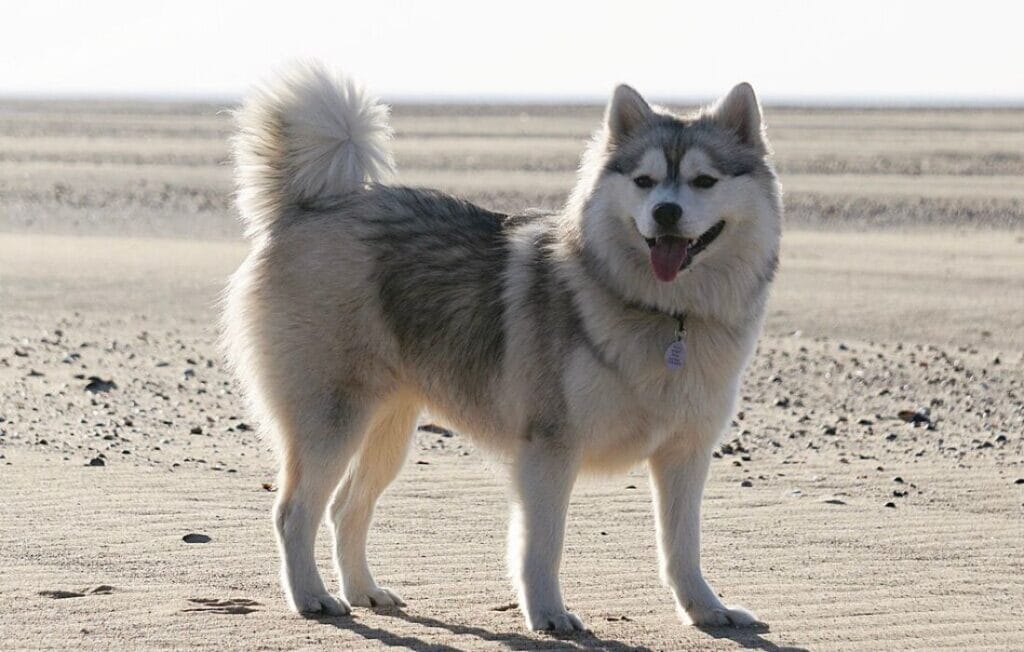

Training a Pomsky requires patience, consistency, and positive reinforcement. They are intelligent dogs, but they can also inherit a stubborn streak from their Pomeranian parent. This means that training may take a little extra time and effort. However, with the right approach, Pomskies can excel in obedience and even learn advanced tricks.
Basic Training and Socialization
Start training your Pomsky as early as possible, preferably when they are a puppy. Socialization is also crucial, as it helps your dog become well-adjusted and comfortable around people, other dogs, and different environments. Puppy classes, regular outings, and meeting new people and animals are excellent ways to socialize your Pomsky.
Positive Reinforcement
Pomskies respond best to positive reinforcement techniques, such as praise, treats, and toys. Punishment-based training methods can cause anxiety and confusion, so avoid using harsh techniques. Keep training sessions short, fun, and consistent to maintain your dog’s attention and interest.
Crate Training and Housebreaking
Pomskies can be crate trained relatively easily, and a crate can provide them with a safe and secure space when you’re away. When it comes to housebreaking, consistency is key. Take your Pomsky outside frequently, especially after meals, naps, and playtime. Be patient and avoid scolding your dog if accidents happen, as this can create anxiety around bathroom breaks.
Nutrition for a Pomsky
Proper nutrition is vital to your Pomsky’s overall health and well-being. As a hybrid breed, Pomskies require a balanced diet that supports their energetic lifestyle and small to medium size. High-quality dog food with a balance of protein, healthy fats, and fiber is essential for their growth, energy levels, and coat health.
Choosing the Right Dog Food
When selecting dog food for your Pomsky, look for a high-quality brand with real meat as the first ingredient, along with whole grains, vegetables, and essential nutrients. Depending on your dog’s age, you may need to feed them puppy, adult, or senior formulas. You can also consult with your vet to determine the best diet based on your dog’s health, activity level, and specific needs.
Portion Control
Pomskies are prone to obesity, so it’s important to feed them the correct portion size. Measure out their food according to the instructions on the packaging and avoid free-feeding, as this can lead to overeating. Divide their daily food intake into two or three meals to help regulate their appetite and prevent digestive issues.
Treats and Supplements
While treats are great for training and rewarding good behavior, they should be given in moderation. Look for healthy dog treats, such as freeze-dried meat, that don’t contain excessive amounts of calories, sugars, or fillers. Some Pomskies may also benefit from dietary supplements, such as omega fatty acids for coat health or glucosamine for joint support. Always consult your vet before introducing any new supplements to your dog’s diet.
Final Thoughts
The Pomsky is an incredibly popular and lovable breed that brings together the best qualities of two iconic dogs: the Pomeranian and the Siberian Husky. While their small size and adorable appearance may make them seem easy to care for, they do have specific needs when it comes to health, grooming, exercise, training, and nutrition. By understanding the breed’s requirements and committing to their care, you can ensure that your Pomsky lives a long, happy, and healthy life.


